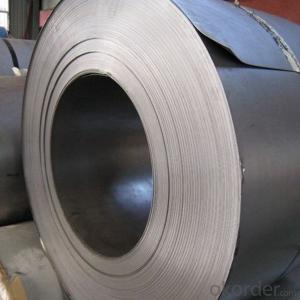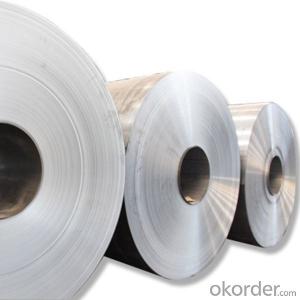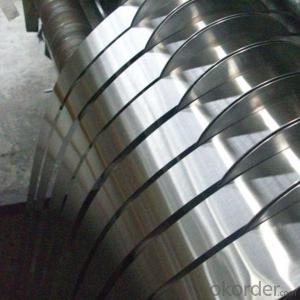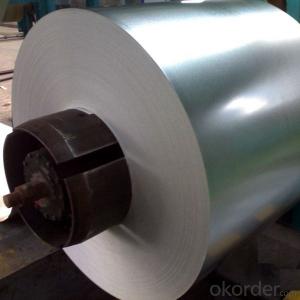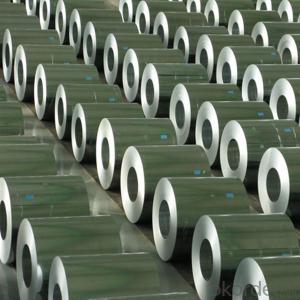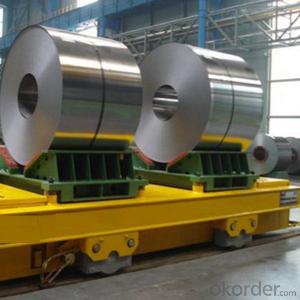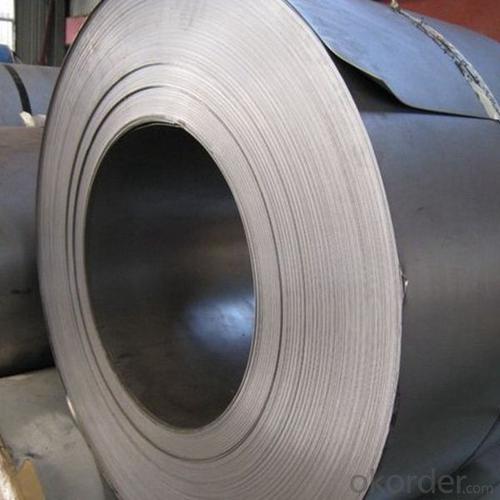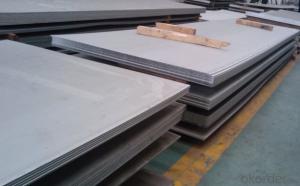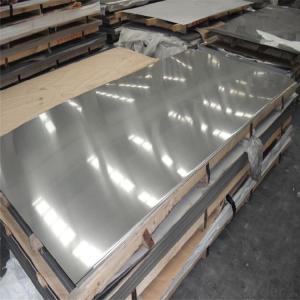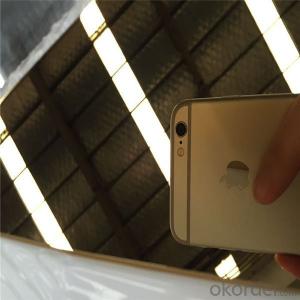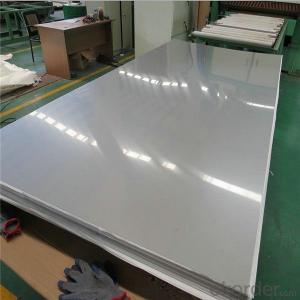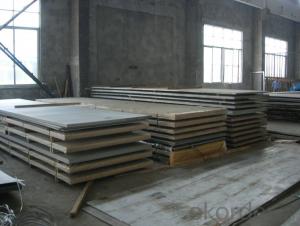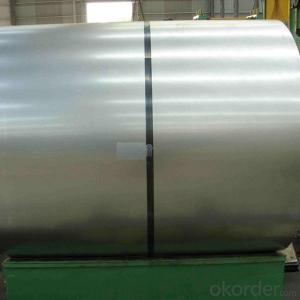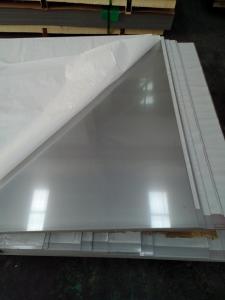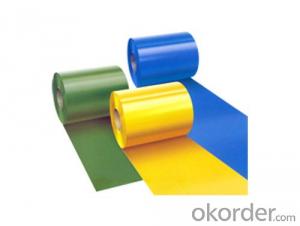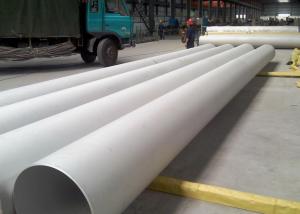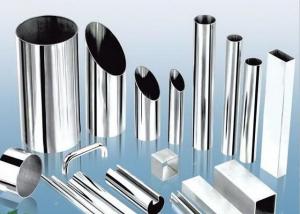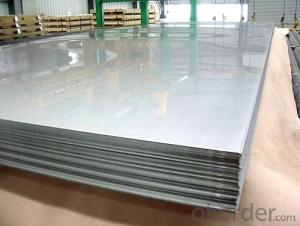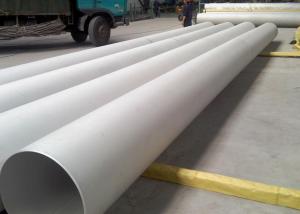Steel Stainless 316 NO.2B Finish With Cheap Price
- Loading Port:
- Tianjin
- Payment Terms:
- TT OR LC
- Min Order Qty:
- 25 m.t.
- Supply Capability:
- 25 m.t./month
OKorder Service Pledge
OKorder Financial Service
You Might Also Like
Specification
Products Description for Stainless Steel Coils/Sheets:
Name: stainless steel coils/plates/sheets
Discharge Port: Any Port, China
Cold Rolled Size: Thickness0.3-8mm,Width:280-2100mm
Hot Rolled Size: Thickness3-14mm,Width:650-2100mm
Hot Rolled/Cold Rolled Plates : Thickness2-80mm,Width:1500-3000mm
Coil Weight: About 20 Tons
Grade: 201,202,304/304L/304H, 316/316L/316H, 409/L,430 etc.
Technique: Hot Rolled/Cold Rolled
Finish:2B, BA, 2D, No1, No2 etc
Edge: Mill Edge / Slitting Edge
Packaging: In bundles, or as customer's requirement
Place of Origin: Made in China
MOQ: 20 Tons
Payment Terms: 100% LC at sight, or 100%TT in advance
Delivery Time: With 30-40 days after deposit
Application for Stainless Steel Coils/Sheets
Finish | Definition | Application |
2B | Those finished, after cold rolling, by heat treatment, pickling or other equivalent treatment and lastly by cold rolling to given appropriate luster. | Medical equipment, Food industry, Construction material, Kitchen utensils. |
BA | Those processed with bright heat treatment after cold rolling. | Kitchen utensils, Electric equipment, Building construction. |
NO.3 | Those finished by polishing with No.100 to No.120 abrasives specified in JIS R6001. | Kitchen utensils, Building construction. |
NO.4 | Those finished by polishing with No.150 to No.180 abrasives specified in JIS R6001. | Kitchen utensils, Building construction, Medical equipment. |
NO.1 | The surface finished by heat treatment and pickling or processes corresponding there to after hot rolling. | Chemical tank, pipe. |
Packaging & Delivery for Stainless Steel Coils/Sheets:
Packaging Detail Standard export packing or following customer's demand
Delivery Time: Within 30-40 days after deposit or according to the order quantity
Details for the products:
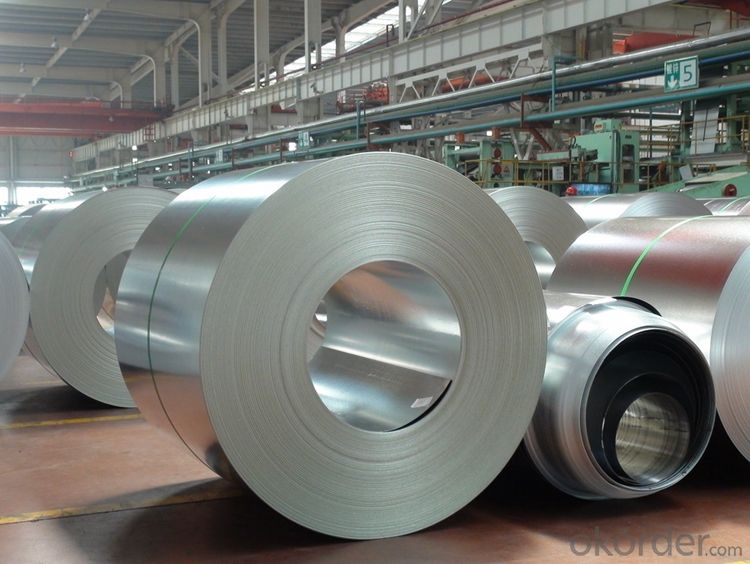
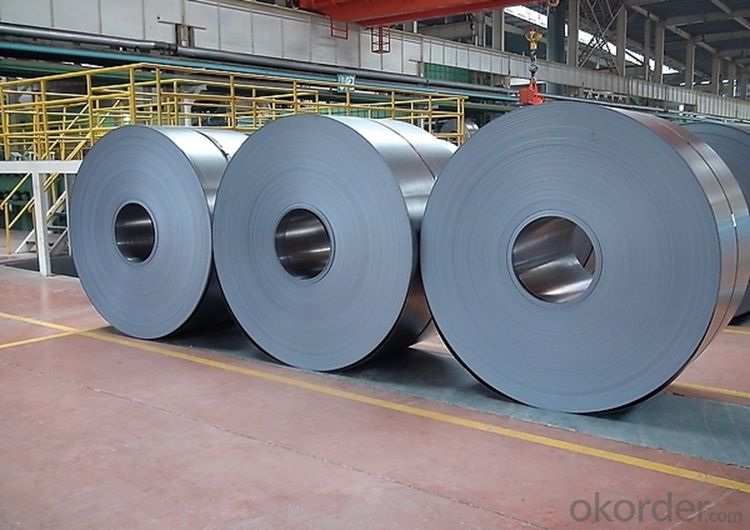
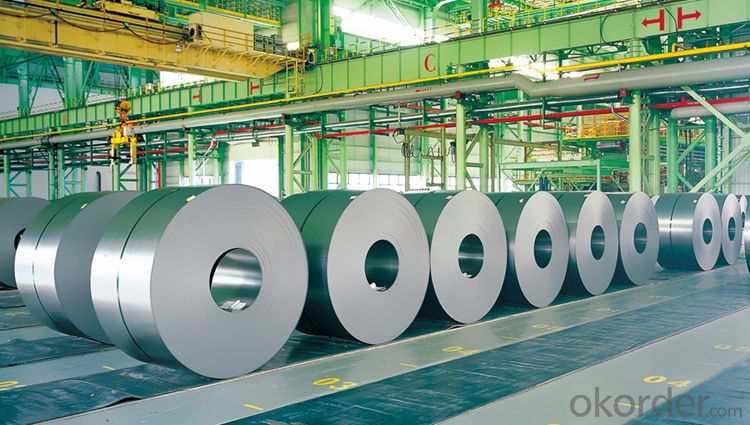
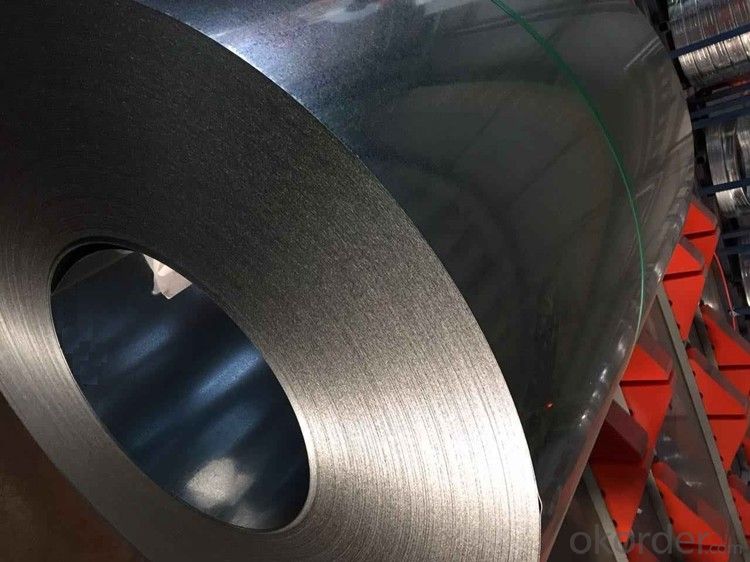
Packaging & Delivery for Stainless Steel Coils/Sheets:
Packaging Detail | Standard export packing or following customer's demand |
Delivery Time | Within 30-40 days after deposit or according to the order quantity |
FAQ for Stainless Steel Coils/Sheets:
Q:How to order?
A: Please send us your purchase order by email or fax .or you can ask us to send you a proforma invoice for your order .We need to know the following information for your order.
1) Shipping information-company name, street address, phone number, fax number, destination sea port
2) Product information – Quantity, Specification (steel type, thickness, width, surface finish)
3) Delivery time required
4) Forwarder's contact details if there's any in China
FAQ for Stainless Steel Coils/Sheets:
Q:What are the advantages of your company ?
A: We have many professionals, technical personnel, more competitive prices and best after-dales service than other stainless steel companies.
Q:Can you arrange the shipment ?
A: Sure we can help you with the shipment. We have forwarders who have cooperated with us for many years.
FAQ for Stainless Steel Coils/Sheets:
Q:How to order?
A: Please send us your purchase order by email or fax .or you can ask us to send you a proforma invoice for your order .We need to know the following information for your order.
1) Shipping information-company name, street address, phone number, fax number, destination sea port
2) Product information – Quantity, Specification (steel type, thickness, width, surface finish)
3) Delivery time required
4) Forwarder's contact details if there's any in China
FAQ for Stainless Steel Coils/Sheets:
Q:What are the advantages of your company ?
A: We have many professionals, technical personnel, more competitive prices and best after-dales service than other stainless steel companies.
Q:Can you arrange the shipment ?
A: Sure we can help you with the shipment. We have forwarders who have cooperated with us for many years.
- Q: How do you prevent discoloration on stainless steel sheets?
- To prevent discoloration on stainless steel sheets, it is essential to avoid exposure to corrosive substances, such as salt, bleach, and strong acids. Regular cleaning with mild soap and water, followed by thorough drying, can help maintain the stainless steel's appearance. Additionally, applying a protective coating or using specialized cleaning products made for stainless steel can provide an extra layer of defense against discoloration.
- Q: Are stainless steel sheets good for cryogenic storage?
- Yes, stainless steel sheets are commonly used for cryogenic storage due to their excellent properties. Stainless steel is known for its high strength, durability, and resistance to corrosion, making it suitable for extreme temperature environments like cryogenic storage. Additionally, stainless steel can maintain its mechanical properties even at very low temperatures, ensuring the safety and integrity of the stored materials. Moreover, stainless steel sheets offer good thermal conductivity, allowing for efficient heat transfer during cryogenic processes. Therefore, stainless steel sheets are a reliable choice for cryogenic storage applications.
- Q: What is the ductility of stainless steel sheets?
- The ductility of stainless steel sheets refers to its ability to deform under tensile stress without fracturing or breaking. Stainless steel is known for its excellent ductility, allowing it to be stretched, bent, or hammered into various shapes without losing its structural integrity. This property makes stainless steel sheets highly versatile and suitable for a wide range of applications, including construction, automotive manufacturing, and kitchen appliances. Due to its high ductility, stainless steel can be formed into complex shapes or rolled into thin sheets, making it ideal for intricate designs or thin-walled structures. Additionally, stainless steel's ductility also allows for easy welding, making it a popular choice for fabrication processes.
- Q: Are stainless steel sheets suitable for elevator flooring?
- Yes, stainless steel sheets are suitable for elevator flooring. They are durable, resistant to corrosion, easy to clean, and provide a sleek and modern look that complements the interior design of elevators.
- Q: What is the formability of stainless steel sheets?
- The formability of stainless steel sheets refers to their ability to be shaped or formed into desired geometries without cracking, tearing, or losing their structural integrity. Stainless steel sheets are known for their excellent formability due to their unique combination of strength, ductility, and corrosion resistance. They can be easily bent, rolled, or stretched into various shapes, making them versatile for a wide range of applications. Additionally, stainless steel sheets can maintain their form even under extreme temperatures or harsh environments, further enhancing their formability. However, it is important to note that the formability of stainless steel sheets can vary depending on the specific grade, thickness, and surface finish. Higher grades of stainless steel tend to have better formability, while thicker sheets may require more force to shape. Surface finish, such as cold-rolled or hot-rolled, can also affect formability as it can influence the material's grain structure and mechanical properties. Therefore, understanding the specific characteristics and limitations of the stainless steel sheet being used is crucial in determining its formability for a particular application.
- Q: How do I determine the hardness of stainless steel sheets?
- There are various techniques available for determining the hardness of stainless steel sheets. One commonly used method is the Rockwell hardness test, which involves measuring the depth of penetration of an indenter into the material. The Rockwell scale offers different scales for different materials, so it is essential to select the appropriate scale for stainless steel. To conduct the Rockwell hardness test, you will require a Rockwell hardness tester and either a diamond or tungsten carbide indenter. Begin by placing the stainless steel sheet on a stable, flat surface. Next, position the indenter on the surface of the sheet and apply a minor load. Once the minor load is applied, proceed to apply the major load until it reaches its maximum value. After the load has been applied and released, the hardness value will be displayed on the dial or digital display of the Rockwell hardness tester. This value corresponds to a specific hardness scale, such as HRC for stainless steel. It is important to remember that the Rockwell hardness test provides a relative measurement of hardness and may not accurately reflect the physical properties of the material. Moreover, the hardness of stainless steel can vary depending on factors such as alloy composition, heat treatment, and manufacturing process. Therefore, it is advisable to consult the material's specifications or conduct additional tests to obtain a more accurate and comprehensive understanding of the stainless steel sheet's hardness.
- Q: How do you remove water stains from stainless steel sheets?
- To remove water stains from stainless steel sheets, you can follow these steps: 1. Start by wiping the surface of the stainless steel sheet with a soft, damp cloth to remove any loose dirt or debris. 2. Mix a solution of warm water and mild dish soap in a bucket or bowl. Dip a clean cloth into the soapy water and wring out any excess liquid. 3. Gently rub the cloth over the water stains on the stainless steel sheet. Make sure to go along the grain of the stainless steel to prevent any further damage or scratching. 4. For tougher water stains, you can use a non-abrasive cleaner specifically designed for stainless steel. Apply a small amount of the cleaner to a clean cloth and gently rub it onto the stained areas. 5. Rinse the stainless steel sheet with clean water to remove any soap residue. Use a separate clean cloth or sponge to wipe away any excess water. 6. To prevent future water stains, you can apply a stainless steel cleaner or polish to the surface. Follow the instructions on the product label for the best results. Remember to always test any cleaning solution or product on a small, inconspicuous area of the stainless steel sheet before applying it to the entire surface. This will ensure that the cleaner or polish does not cause any damage or discoloration.
- Q: Are stainless steel sheets suitable for food preparation surfaces?
- Yes, stainless steel sheets are highly suitable for food preparation surfaces. Stainless steel is a popular choice for kitchen countertops, cutting boards, and other food preparation surfaces due to its numerous beneficial properties. Firstly, stainless steel is non-porous, which means it does not absorb or retain odors, flavors, or bacteria. This makes it extremely hygienic and easy to clean, reducing the risk of cross-contamination. Additionally, stainless steel is resistant to corrosion, staining, and heat, making it durable and long-lasting. Its smooth surface also makes it ideal for rolling out dough or chopping ingredients. Furthermore, stainless steel is a non-reactive material, so it does not interact with acidic or alkaline foods, ensuring the taste and quality of the prepared food is not compromised. Overall, stainless steel sheets are an excellent choice for food preparation surfaces due to their cleanliness, durability, and food safety qualities.
- Q: What is the maximum width of stainless steel sheets available?
- The maximum width of stainless steel sheets commonly available varies, but it typically ranges from 48 to 72 inches.
- Q: Can stainless steel sheets be used for heat shields?
- Certainly! Heat shields can indeed utilize stainless steel sheets. Renowned for their exceptional heat resistance and durability, stainless steel proves to be an outstanding option for safeguarding against heat transfer. By effectively deflecting radiant, convective, and conductive heat, stainless steel sheets are well-suited for an array of purposes, encompassing automotive heat shields, industrial machinery, and household appliances. Moreover, their corrosion resistance and effortless maintenance render stainless steel sheets a pragmatic and enduring selection for heat shield implementations.
Send your message to us
Steel Stainless 316 NO.2B Finish With Cheap Price
- Loading Port:
- Tianjin
- Payment Terms:
- TT OR LC
- Min Order Qty:
- 25 m.t.
- Supply Capability:
- 25 m.t./month
OKorder Service Pledge
OKorder Financial Service
Similar products
Hot products
Hot Searches
Related keywords
